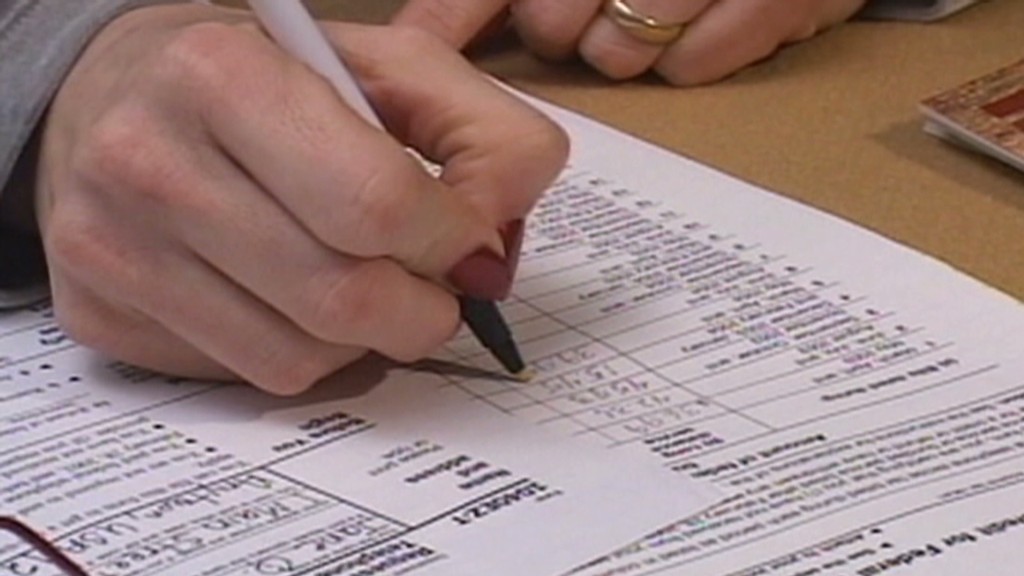
It's unlikely that anyone would ever describe a 30-year marriage, a 30-year career or a 30-year anything as "temporary."
Unless, that is, you're Congress. Lawmakers routinely enact "temporary" tax breaks that they then renew again and again, in some cases for decades.
It's a neat trick that hides the true cost of tax breaks to the government's bottom line.
And it suits lobbyists just fine since they get to come back to lobby for renewal.
"It's an annuity for them," said Howard Gleckman, editor of the blog TaxVox. Plus, he said, lawmakers get to keep campaign donations rolling in from those eager for yet another extension.
Indeed, Congress has made more parts of the tax code "temporary" over the years. The number of annual expiring tax provisions has more than tripled since 1998.
The research and development credit, intended to spur business investment, is a perfect example of the perma-temporary break. First enacted in 1981, it has been extended 15 times.
Another one is the renewable energy production tax credit, for wind-produced electricity. It was initially created 21 years ago and has since been re-upped many times.
The "temporary" tax deduction teachers get for buying classroom supplies was first enacted in 2002 and has been extended every year or two since.
Sometimes, even when a tax provision itself is permanent, a modification of the break is characterized as temporary.
Such is the case with the rum excise tax "cover over," which has been around since 1917.
Related: Tax breaks: Where the big money is
Manufacturers of rum made in Puerto Rico and the U.S. Virgin Islands pay the tax to the U.S. Treasury Department. But almost all of that money is rebated to the governments of those territories. They, in turn, often spend it in ways that benefit the rum manufacturers.
In 1993, lawmakers approved a "temporary" increase in the tax. With a brief exception, an increase has been renewed ever since and with it the rebate.
Occasionally there's good reason to deem a tax break temporary -- for example, after a natural disaster or during a recession.
But since tax breaks mean less revenue to the government, lawmakers often characterize other breaks as temporary to make them look less costly.
"The budget thing looms very large," said Donald Marron, a former director of the Congressional Budget Office.
Here's another way to look at it: Extending all the expiring tax provisions in the code might cost up to $100 billion a year. Extending them over the decade, it's more like $938 billion, according to estimates from the Congressional Budget Office and Joint Committee on Taxation.
Making tax breaks temporary and renewing them at the 11th hour not only further complicates the code, it makes it hard for taxpayers to plan and increases the cost of administering the provisions.
"[T]he frequent ritual of being on tax code death watch only to be saved by last- minute clemency ... creates tremendous volatility," tax expert Rosanne Altshuler told the Senate Finance Committee last year.
The fiscal cliff deal brokered by lawmakers over New Year's made some longstanding "temporary" provisions -- like the majority of the Bush tax cuts -- permanent. And it eliminated others, such as the portion of the Bush tax cuts solely affecting high-income households.

Now, as Congress debates tax reform,"extenders" will be on the table, especially if lawmakers stick with what has been called a "blank slate approach" proposed by top Senate tax writers.
The idea is to assume the tax code will have no breaks and to add back only those that lawmakers can justify and "pay for," meaning the revenue loss from a given break won't add to the country's deficits.
Reform won't necessarily stamp out temporary provisions entirely, but it's likely to reduce them greatly, Marron said.
At least temporarily.


